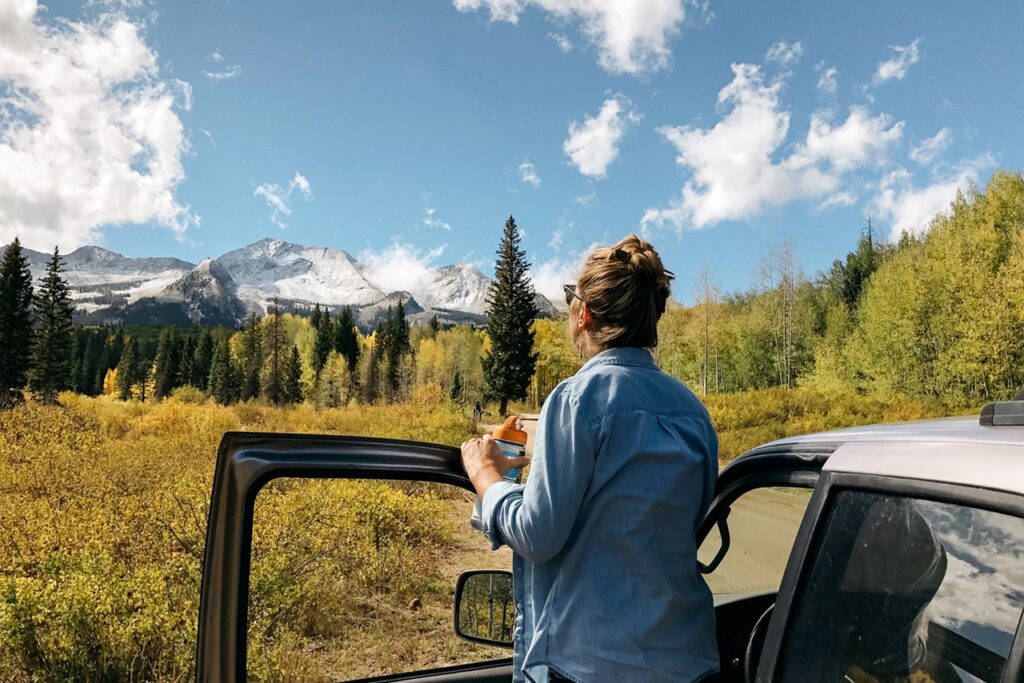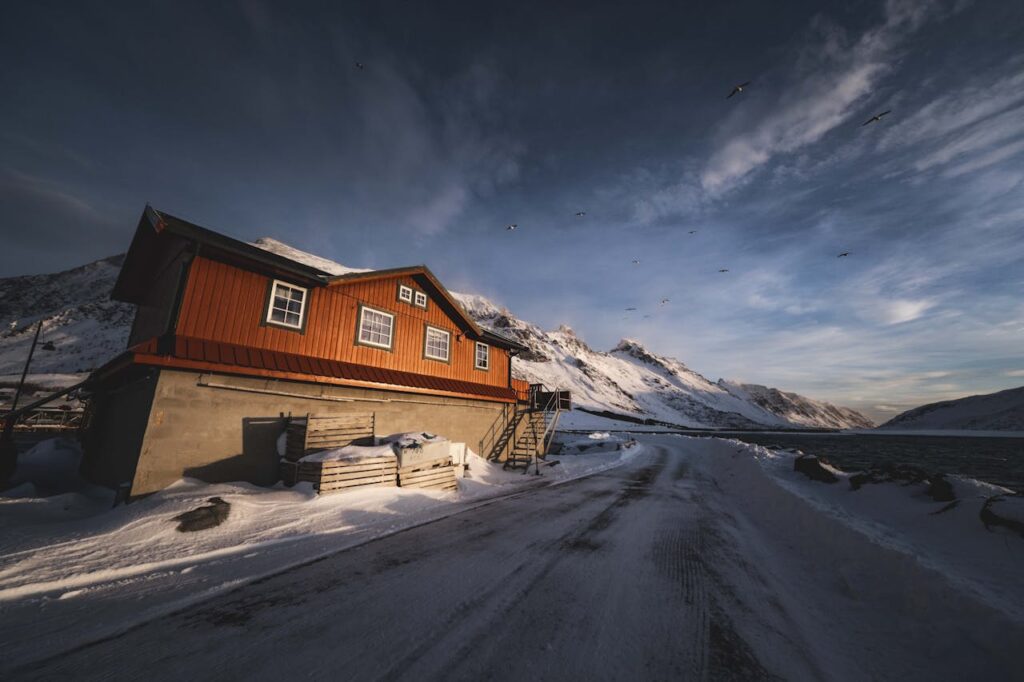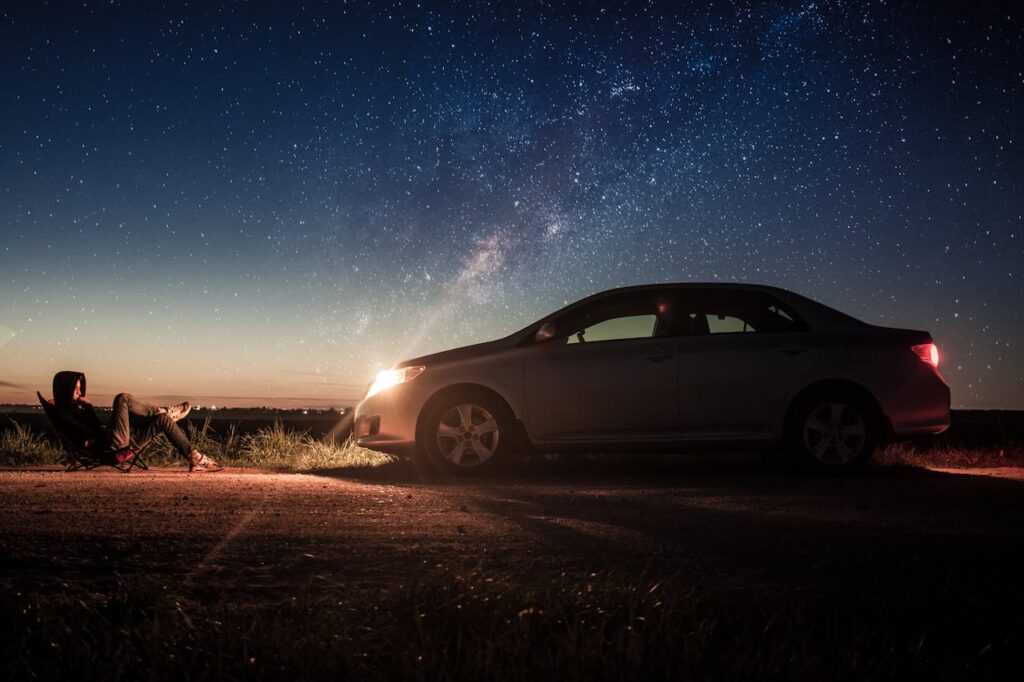We may earn money or products from the companies mentioned in this post. This means if you click on the link and purchase the item, I will receive a small commission at no extra cost to you ... you're just helping re-supply our family's travel fund.

Secluded byways promise freedom—rolling hills, hidden farmstands, and skies so wide they swallow your worries. Yet the very quiet that draws you in can turn into trouble if you leave preparation at home. Here’s the thing: a little foresight saves hours of headache. Follow these eight practical tips to keep your adventure inspiring, not stressful, so you finish each day with nothing but dust on your tires and stories worth telling.
1. Plan Your Route but Keep It Fluid

Map the drive in advance, note fuel stops, and download offline maps before cell signals fade. Drop pins for repair shops, rest areas, and backup detours in case a bridge is out or seasonal flooding closes a pass. Keep a paper atlas in the glove box—GPS hiccups more often on winding backroads. Revisit your plan each morning, cross-check distances, and leave wiggle room for spontaneous detours to a scenic overlook or roadside pie stand you didn’t know existed.
2. Share Your Travel Details with Someone You Trust

Text a friend or family member your day-by-day itinerary, car make and color, and expected nightly check-ins. If plans change, update them before you lose reception. Should you break down in an area with no service, that outside contact will have a timeline to alert help. A simple daily “all good” message takes seconds but can shave critical hours off a rescue if something goes sideways on a lonely gravel stretch.
3. Build a Grab-and-Go Emergency Kit

Stash two gallons of water, high-energy snacks, a first-aid kit, reflective triangles, jumper cables, a tire pump, and a multi-tool within arm’s reach. Add a headlamp with fresh batteries, an external phone battery pack, and a lightweight blanket for surprise chills. Include a whistle and basic paper map in case electronics die. You’ll rarely need the kit—but when you do, having every item within seconds can turn a crisis into an inconvenience.
4. Refuel Early, Refuel Often

Never roll past a rural pump thinking the next one is “just thirty miles.” Backroads stations can shutter at dusk, close Sundays, or sit empty after harsh weather. Top off whenever you drop below half a tank. While filling up, clean your windshield, double-check tire pressure, and ask locals about road conditions ahead. Their offhand tips on rough gravel or unexpected detours can save you hours later.
5. Keep One Eye on the Weather

Storms hit harder in open country. Check forecasts before departure, but also watch the sky for sudden changes. Summer downpours can turn dirt roads into rivers, while mountain fog erases switchbacks in minutes. If visibility plummets, pull into a safe turnout until conditions clear. Postponing by an hour beats sliding into a ditch or waiting for a tow truck that’s two counties away.
6. Listen to Your Gut When Something Feels Off

Intuition is a safety tool. If a vehicle tails you too closely, slow down near a well-lit spot or drive to the next town center rather than stopping on a shoulder. If a roadside pullout feels sketchy, keep moving until you reach a place with other travelers. Trusting instincts isn’t paranoia; it’s practical awareness when help could be miles out of range.
7. Lock Up and Keep Valuables Out of Sight

Thieves look for easy targets even where population is sparse. Keep wallets, passports, and electronics hidden when you leave the vehicle, and lock every door—yes, even in tiny hamlets. Toss a light jacket over gear or use the trunk. Opportunistic grabs happen fast, and replacing documents midway through a rural trip can derail the whole drive.
8. Respect Your Limits and Rest Before Fatigue Wins

Backroad driving demands constant focus—watching for wildlife, tight curves, or sudden potholes. Fatigue creeps in quicker than on straight highways. If eyelids droop or attention drifts, pull into a safe turnout, stretch, snack, or nap. A twenty-minute break revives reflexes and sharpens judgment. Pushing through exhaustion risks missing a sharp bend or failing to spot a wandering deer at dusk.